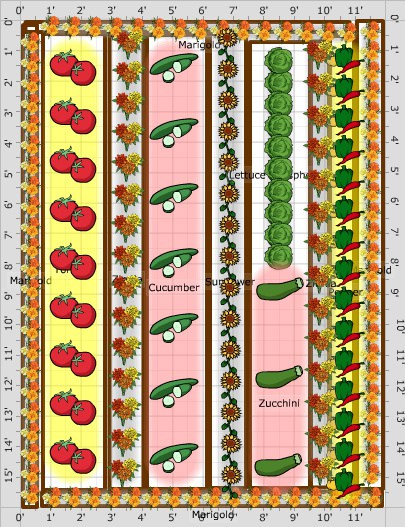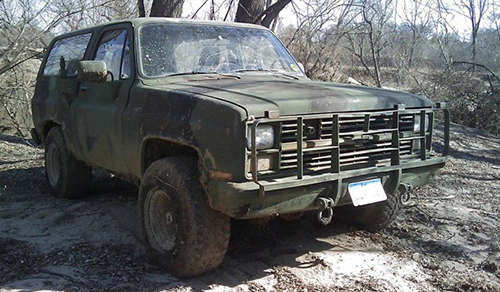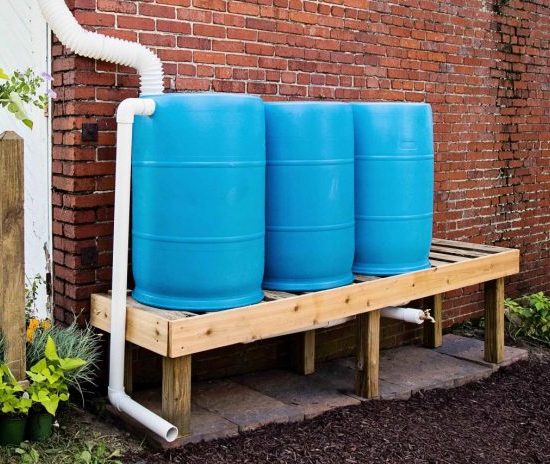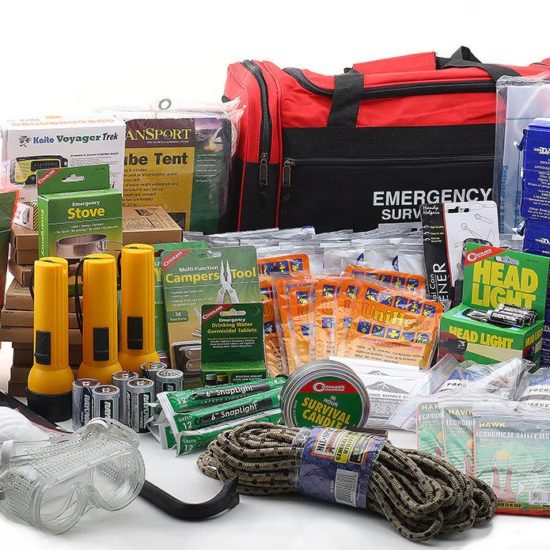Hopefully, you are already in full swing on your own garden, but if you have been putting it off, or are still conducting research on how to start your own garden, this article is for you. If you’re a beginner vegetable gardener, here are basics on vegetable garden planning: site selection, plot size, which vegetables to grow, and other gardening tips.
Remember this: It’s better to be proud of a small garden than to be frustrated by a big one!
One of the common errors for beginners is planting too much too soon and way more than anybody could eat or want. Unless you want to have zucchini taking up residence in your attic, plan carefully. Start small.
The Very Basics
First, here are some very basic concepts on topics you’ll want to explore further as you become a vegetable gardener extraordinaire:
- Do you have enough sun exposure? Vegetables love the sun. They need at least 6 hours of full sun every day, and preferably 8.
- Know your soil. Most soil can be enriched with compost and be fine for planting, but some soil needs more help. Vegetables must have good, loamy, well-drained soil. Check with your local nursery or local cooperative extension office about free soil test kits so that you can assess your soil type. See our article on preparing soil for planting.
- Placement is everything. Avoid planting too near a tree, which will steal nutrients and shade the garden. In addition, a garden too close to the house will help to discourage wild animals from nibbling away your potential harvest.
- Decide between tilling and a raised bed. If you have poor soil or a bad back, a raised bed built with non pressure-treated wood offers many benefits. See more about raised garden beds and how to build them.
- Vegetables need lots of water, at least 1 inch of water a week. See more about when to water vegetables.
- You’ll need some basic planting tools. These are the essentials: spade, garden fork, soaking hose, hoe, hand weeder, and wheelbarrow (or bucket) for moving around mulch or soil. It’s worth paying a bit extra for quality tools.
- Study those seed catalogs and order early.
- Check your frost dates. Find first and last frost dates in your area and be alert to your local conditions.
Deciding How Big
A good-size beginner vegetable garden is about 16×10 feet and features crops that are easy to grow. A plot this size, planted as suggested below, can feed a family of four for one summer, with a little extra for canning and freezing (or giving away).
Make your garden 11 rows wide, with each row 10 feet long. The rows should run north and south to take full advantage of the sun.
Vegetables that may yield more than one crop per season are beans, beets, carrots, cabbage, kohlrabi, lettuce, radishes, rutabagas, spinach, and turnips.
Suggested Plants for 11 Rows
The vegetables suggested below are common, productive plants but you’ll also want to contract your local cooperative extension to determine what plants grow best in your local area. Think about what you like to eat as well as what’s difficult to find in a grocery store or farmers’ market.
(Note: Link from each vegetable to a free planting and growing guide.)
- Tomatoes—5 plants staked
- Zucchini squash—4 plants
- Peppers—6 plants
- Cabbage
- Bush beans
- Lettuce, leaf and/or Bibb
- Beets
- Carrots
- Chard
- Radishes
- Marigolds to discourage rabbits!
(Note: If this garden is too large for your needs, you do not have to plant all 11 rows, and you can also make the rows shorter. You can choose the veggies that you’d like to grow!)
Now Design Your Best Garden Ever!
Plan your perfect vegetable garden. Use online Garden Planner to draw out your vegetable beds. Click here to try the Garden Planner for free!
The best way to plan a successful veggie garden is to look at what similar gardeners have planned and see what works for them.
The above garden plot plan was created by one of our readers!
Happy gardening!




















